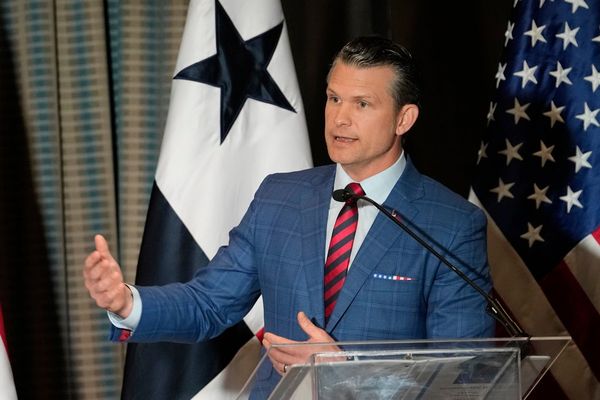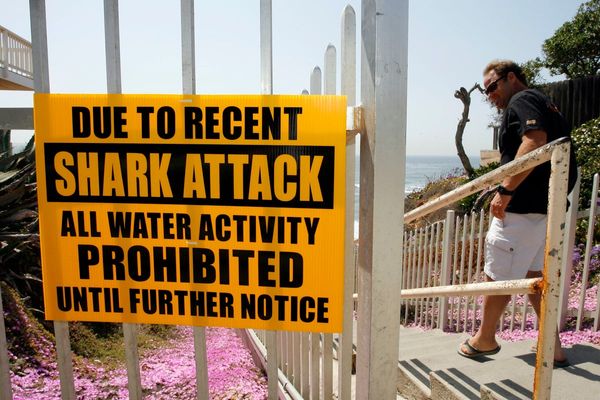
The Penske PC27 is a somewhat improbable choice for Al Unser Jr’s favourite car. A two-time Indianapolis 500 winner and two-time IndyCar champion, he had his greatest successes at the wheel of the Lola T90/00, Galmer G92 and Penske PC23-94 in US open-wheel racing.
By contrast, he went winless in the radical PC27 throughout 1998 and doesn’t have entirely positive memories with it, having broken a leg in 1999’s Homestead season-opener in its modified B-spec. It was a difficult juncture in Unser’s personal and professional life too, amid well-publicised personal problems that he admits make it difficult to properly assess his own performances.
But a car he described in his 2021 book A Checkered Past as a “work of art” was one he “truly enjoyed driving, testing, going out and being a part of the development”. Unser is adamant that factors other than the chassis prevented John Travis’s design from winning and recalls being struck by the craftmanship of a car he raced to a best result of second at Motegi in 1998.
“The way the car was designed was just beautiful and John Travis did a fantastic job,” he says. “That car was such a pleasure to drive.”
Unser believes “it is a shame that it didn’t see any chequered flags” first. He especially appreciated the PC27’s F1-style high nose and innovative features that were a product of former Lola man Travis recognising that Roger Penske’s loyalty to Goodyear would require something special. Firestone had since its arrival in 1995 established a position of dominance in the tyre war.
Its clean-sheet longitudinal transmission from Xtrac, a significant shift away from the well-established transverse layout Penske had used in previous seasons, had a low centre of gravity that helped with balance. Persistent reliability problems hampered development efforts but, once working properly, Unser noted in his book, “it shifted like a dream”. Its sensitivities meant he “had to learn how to drive it”, Unser says, but mastering the transmission brought great reward.

“It was so trick and I loved it,” he explains. “I broke a lot of dog rings, a lot of gears trying to learn how to shift that thing. But once I figured it out, I could shift it with three fingers, it was that easy and that was the way you drove it during the race.
“The actual design of the gearbox with the oil-vanes going through the casing of the gearbox, the fact that the gear cluster was direct drive with the crank – that was the only car I ever drove that had the gear cluster direct drive to the crank – there were things about it that I truly loved.”
Travis’s pessimism regarding Goodyear - “there was no way, unless you had those [Firestone] tyres, that you were ever going to win,” he told Autosport in 2020 – was borne out by the stats. Only one win in 1998 came for a driver using Goodyears, courtesy of Michael Andretti’s Newman-Haas Swift at Homestead. Penske also lacked the ideal partner in the engine stakes.
“It was so trick and I loved it. I broke a lot of dog rings, a lot of gears trying to learn how to shift that thing. But once I figured it out, I could shift it with three fingers"
Al Unser Jr
While in 1994 an Ilmor-built Mercedes pushrod engine was the thing to have at Indianapolis, by 1998 Honda was in the ascendancy. Seeking to combat its increasing dominance, the new Mercedes IC108E engine was impressively compact, but needed plenty of work on driveability and reliability. Greg Moore (Forsythe Reynard) was the only driver to win with the Mercedes V8, as Honda’s HRK won 13 of 19 races.
An untimely engine failure put Unser out of the lead at the US 500 in Michigan – where the new Handford Device spiced up the action – after another let go in Rio. Unser didn’t make Gordon Kirby’s top 10 driver in Autosport’s 1998 season review, but it wasn’t for a lack of trying.
Come 1999, he had seven outings in the B-spec PC27 and achieved his best result of the year (fifth at Cleveland) in a Lola. The late Gil de Ferran (Walker Reynard) took the only Goodyear win at Portland, while Moore’s success at Homestead was the sole Mercedes triumph.
“The PC-27 was a beautiful machine with no tyres and no power compared to our competitors,” Unser noted in A Checkered Past. His team-mates struggled too.

The late Andre Ribeiro retired following a 1998 season in which he never finished higher than seventh and failed to qualify at Nazareth following a huge practice crash. Unser decided not to use PC27 at that meeting, reverting to Nigel Bennett’s PC26 that had won in Paul Tracy’s hands the previous year. It was later discovered that a rear wing setting had been miscalculated.
Unser’s best result of 1999 in the B-spec PC27 (seventh at Fontana in his final outing for Penske) was never bettered by Tarso Marques or Alex Barron. But the ability to have input into chassis development was a point Unser cherished. Unlike the off-the-shelf customer March and Lola offerings he’d driven earlier in his career, with Penske he could pursue ‘the unfair advantage’.
“That was the reason to drive for Roger Penske from the very beginning, he built his own chassis,” recalls Unser, who picks Bobby Rahal as his favourite team-mate from their time together at Galles-Kraco in 1990-91. “To go out on test days where nobody is out there, no fans, no racing, it’s all about just driving and developing and the purity of the day, I truly loved doing it.”
The PC27 began a run of two winless seasons for Penske and continued a drought that had spanned most of 1997 following a Tracy hat-trick that concluded at Gateway in May. The wait for Penske’s 100th win would only be ended following its switch to a Reynard-Honda-Firestone package in 2000, as new signing de Ferran triumphed at Nazareth with a car featuring PC27 bodywork that explains its ‘Renske’ nickname. But for Travis, there’s a feeling of what could have been.
“The car was good enough,” he said, “but it wasn’t good enough to make up for the tyres.”








